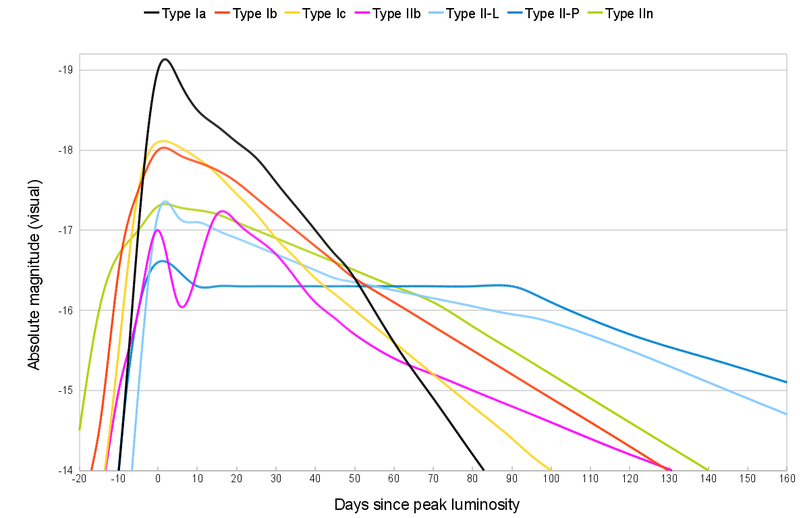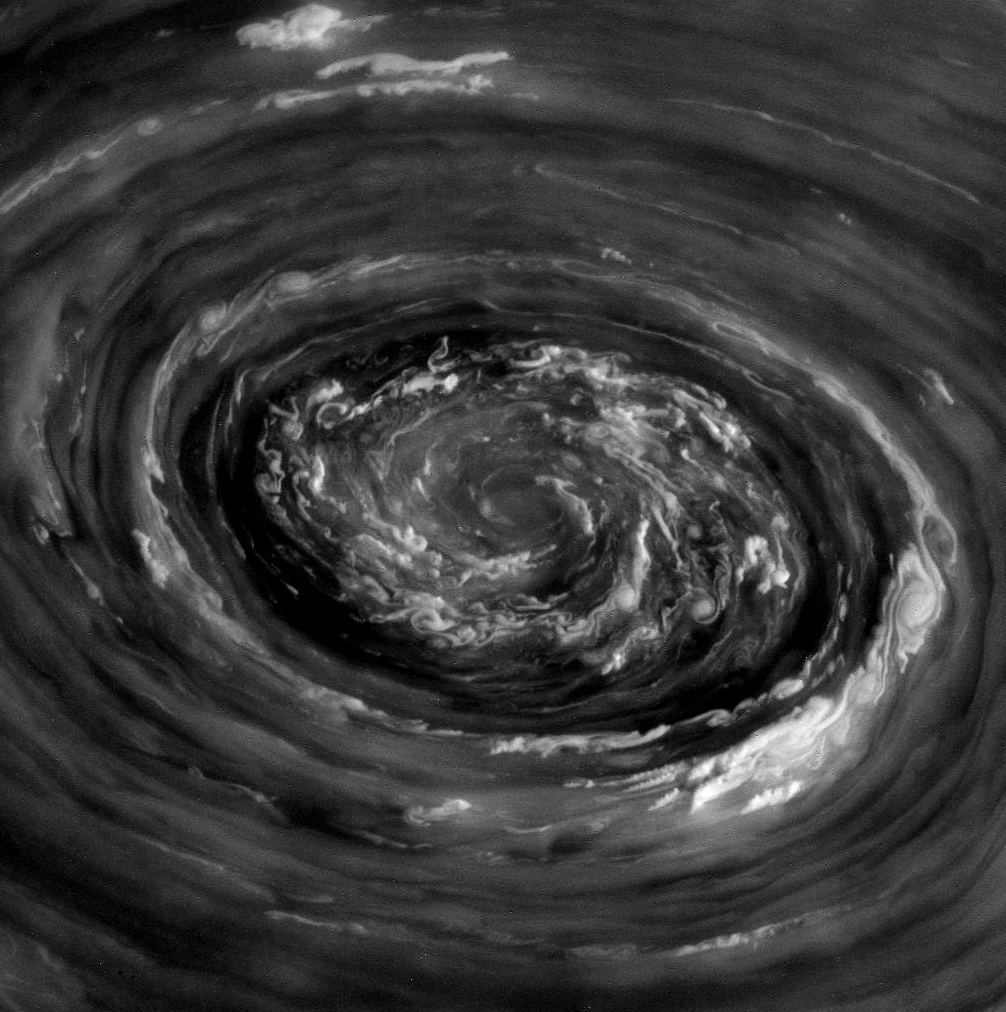http://en.wikipedia.org/wiki/Near-Earth_supernova wrote:
<<A near-Earth supernova is an explosion resulting from the death of a star that occurs close enough to the Earth (roughly less than 100 light-years away) to have noticeable effects on its biosphere.
On average, a supernova explosion occurs within 10 parsecs (33 light-years) of the Earth every 240 million years. Gamma rays are responsible for most of the adverse effects a supernova can have on a living terrestrial planet. In Earth's case, gamma rays induce a chemical reaction in the upper atmosphere, converting molecular nitrogen into nitrogen oxides, depleting the ozone layer enough to expose the surface to harmful solar and cosmic radiation. Phytoplankton and reef communities would be particularly affected, which could badly deplete the base of the marine food chain.
Speculation as to the effects of a nearby supernova on Earth often focuses on large stars as Type II supernova candidates. Several prominent stars within a few hundred light years from the Sun are candidates for becoming supernovae in as little as a millennium. One example is Betelgeuse, a red supergiant about 640 light-years from Earth. Though spectacular, these "predictable" supernovae are thought to have little potential to affect Earth.
Recent estimates predict that a Type II supernova would have to be closer than eight parsecs (26 light-years) to destroy half of the Earth's ozone layer. Such estimates are mostly concerned with atmospheric modeling and considered only the known radiation flux from SN 1987A, a Type II supernova in the Large Magellanic Cloud. Estimates of the rate of supernova occurrence within 10 parsecs of the Earth vary from 0.05-0.5 per
Ga (for gigaannum = billion years) to 10 per Ga. Several authors have based their estimates on the idea that supernovae are concentrated in the spiral arms of the galaxy, and that supernova explosions near the Sun usually occur during the ~10 million years that the Sun takes to pass through one of these regions (we are now in or entering the Orion arm). The relatively recent paper by Gehrels et al. uses a value of 3 supernovae less than 10 parsecs away per Ga. The frequency within a distance D is proportional to D
3 for small values of D, but for larger values is proportional to D
2 because of the finite thickness of the galactic disk (at intergalactic distances D
3 is again appropriate). Examples of relatively near supernovae are the Vela Supernova Remnant (~800 ly, ~12,000 years ago) and Geminga (~550 ly, ~300,000 years ago).
Type Ia supernovae are thought to be potentially the most dangerous if they occur close enough to the Earth. Because Type Ia supernovae arise from dim, common white dwarf stars, it is likely that a supernova that could affect the Earth will occur unpredictably and take place in a star system that is not well studied. One theory suggests that a Type Ia supernova would have to be closer than 10 parsecs (33 light-years) to affect the Earth. The closest known candidate is IK Pegasi. It is currently estimated, however, that by the time it could become a threat, its velocity in relation to the Solar System would have carried IK Pegasi to a safe distance.
Evidence from daughter products of short-lived radioactive isotopes shows that a nearby supernova helped determine the composition of the Solar System 4.5 billion years ago, and may even have triggered the formation of this system. Supernova production of heavy elements over astronomic periods of time ultimately made the chemistry of life on Earth possible.
In 1996, astronomers at the University of Illinois at Urbana-Champaign theorized that traces of past supernovae might be detectable on Earth in the form of metal isotope signatures in rock strata. Subsequently, iron-60 enrichment has been reported in deep-sea rock of the Pacific Ocean by researchers from the Technical University of Munich. [
60Fe is an extinct radionuclide of long half-life (2.6 million years). It is not found on Earth, but its ultimate decay product is the stable nuclide nickel-60.] 23 atoms of this iron isotope were found in the top 2 cm of crust, and these date from the last 13 million years or so. It is estimated that the supernova must have occurred in the last 5 million years or else it would have had to have happened very close to the solar system to account for so much iron-60 still being here. A supernova occurring as close as would have been needed would have probably caused a mass extinction, which didn't happen in that time frame. The quantity of iron seems to indicate that the supernova was less than 30 parsecs away. On the other hand, the authors estimate the frequency of supernovae at a distance less than D (for reasonably small D) as around (D/10 pc)
3 per Ga, which gives a probability of only around 5% for a supernova within 30 pc in the last 5 million years. They point out that the probability may be higher because we are entering the Orion arm of the Milky Way.
Adrian L. Melott et al. estimated that gamma ray bursts from "dangerously close" supernova explosions occur two or more times per billion years, and this has been proposed as the cause of the end Ordovician extinction, which resulted in the death of nearly 60% of the oceanic life on Earth.
In 1998 a supernova remnant,
RX J0852.0-4622, was found in front (apparently) of the larger Vela Supernova Remnant. Gamma rays from the decay of titanium-44 (half-life about 60 years) were independently discovered coming from it, showing that it must have exploded fairly recently (perhaps around 1200 CE), but there is no historical record of it. The flux of gamma rays and x-rays indicates that the supernova was relatively close to us (perhaps 200 parsecs or 660 ly). If so, this is a surprising event because supernovae less than 200 parsecs away are estimated to occur less than once per 100,000 years.>>
 NGC 1365: Majestic Spiral with Supernova
NGC 1365: Majestic Spiral with Supernova



